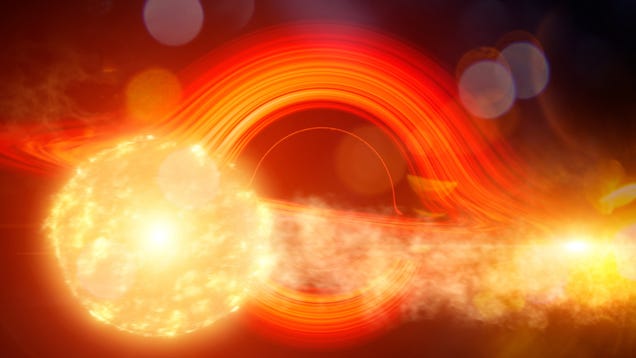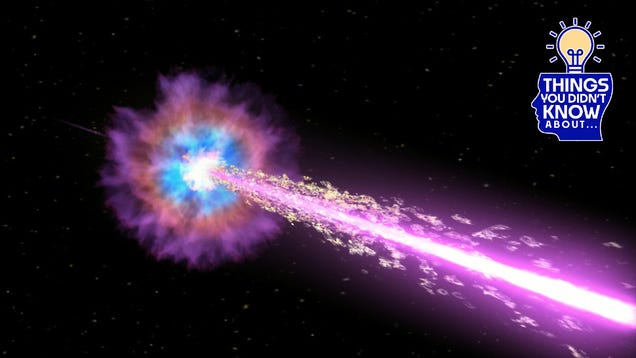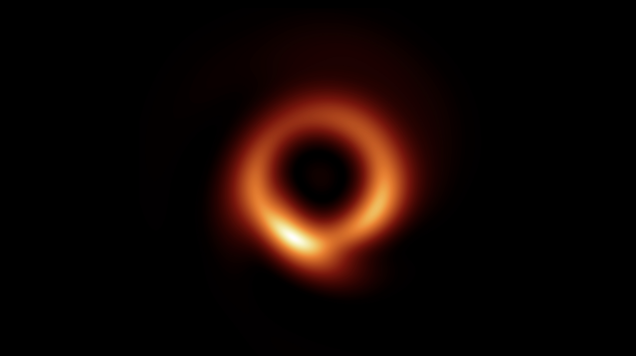

A team of astronomers has managed to calculate the speed of a distant supermassive black hole’s spin thanks to the object’s chance meeting with a star—which it promptly destroyed.
Light famously cannot escape the event horizon of a black hole, leaving astrophysicists to theorize and speculate what it’s like beyond the limits of human perception. Now, NASA researchers take that theorization a step further, in the form of an animation that takes you (the viewer) into the black hole.

When you think of streaming services, MGM+ doesn’t come to mind until you’ve already listed the likes of Netflix, Prime Video, Disney+, Hulu, and Peacock.

Black holes. Despite their names, the enigmatic objects are opposite of vacuous. They are some of the universe’s densest objects, with masses ranging from the size of stars to several hundred million stars. Their gravitational fields are so intense that not even light can escape them at a certain point, leaving us…

Astronomers transfixed the public in April 2019 when they released the first-ever image of a black hole, produced by radio wave data from a collaboration of telescopes around the world known collectively as the Event Horizon Telescope.
